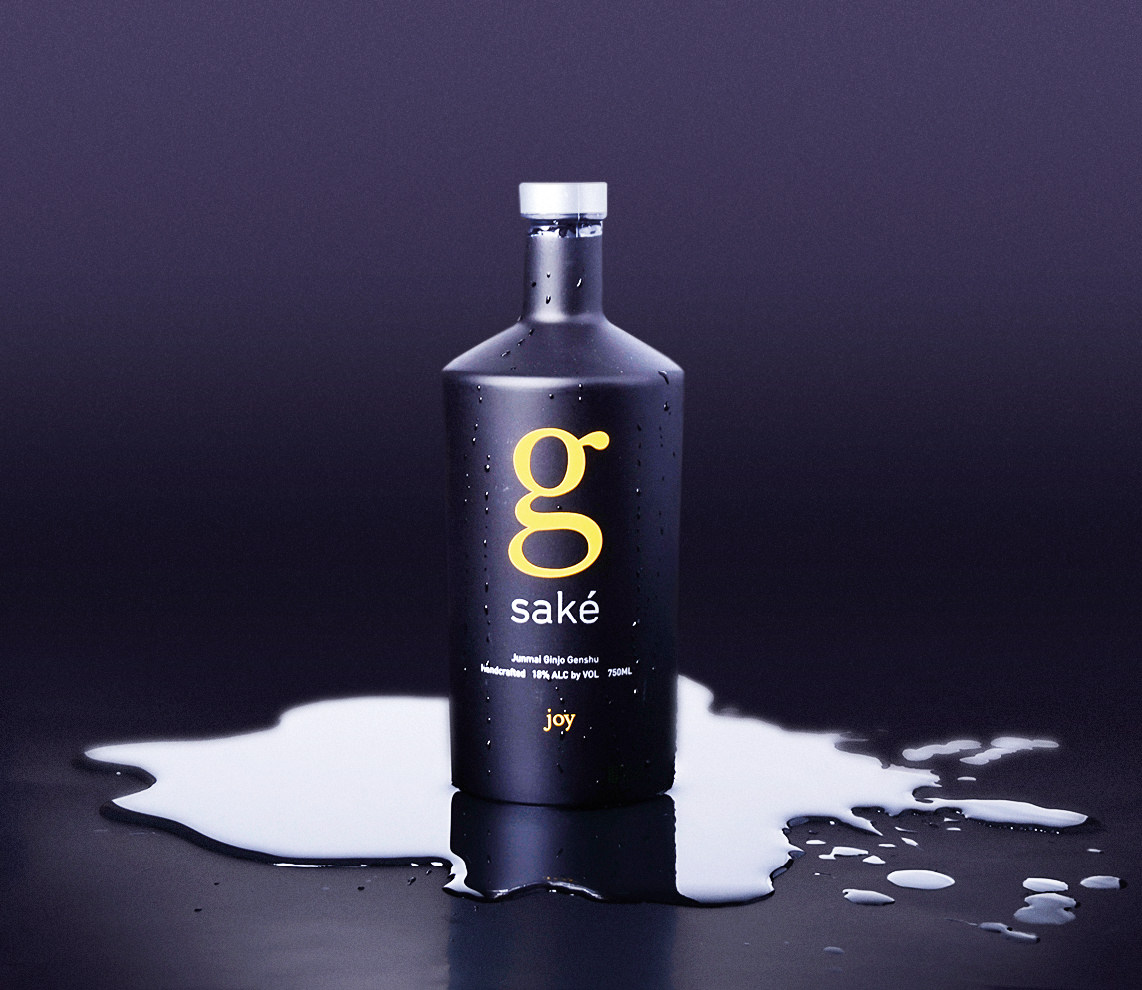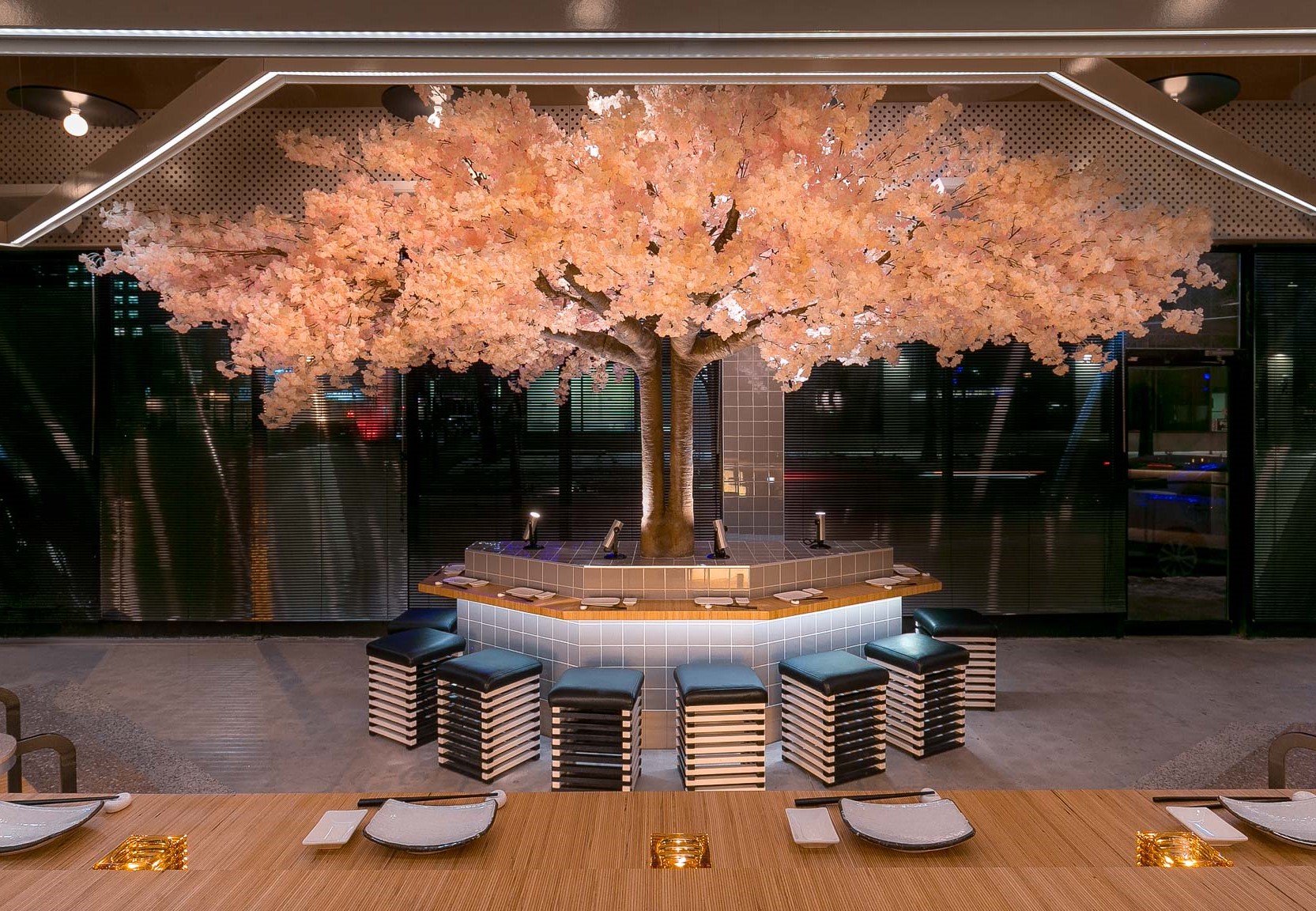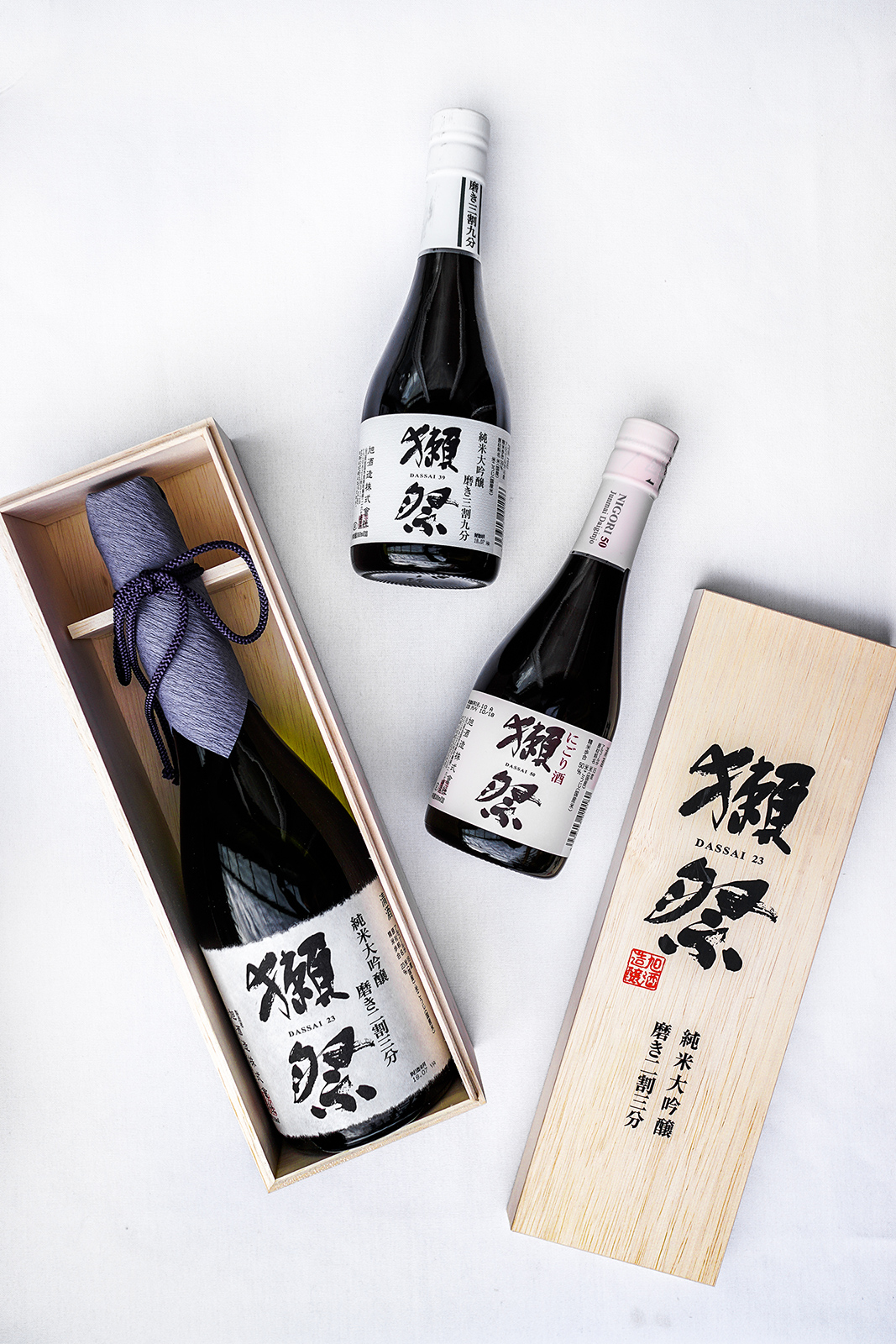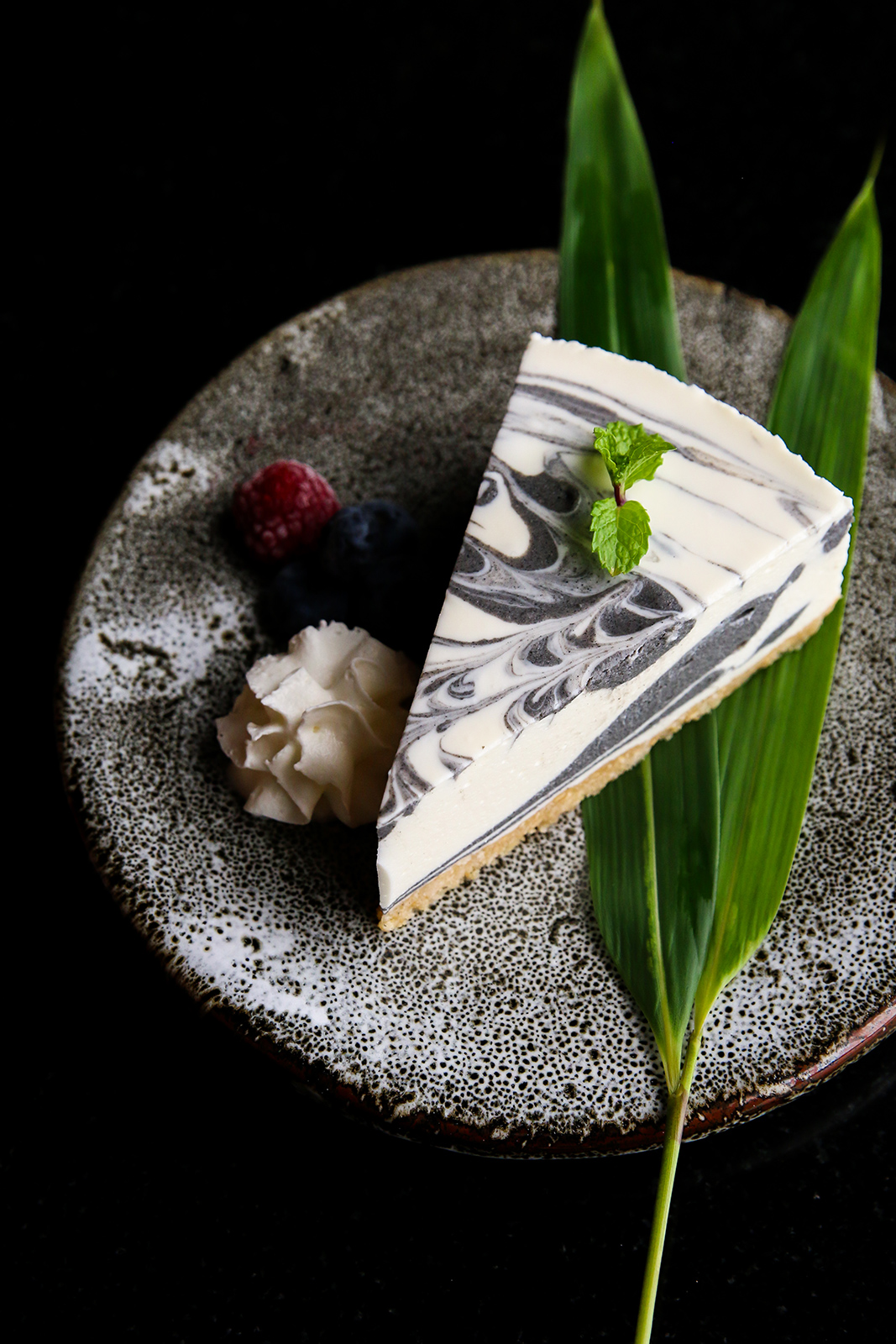How to Drink Sake
A guide to drinking rice wine the right way.
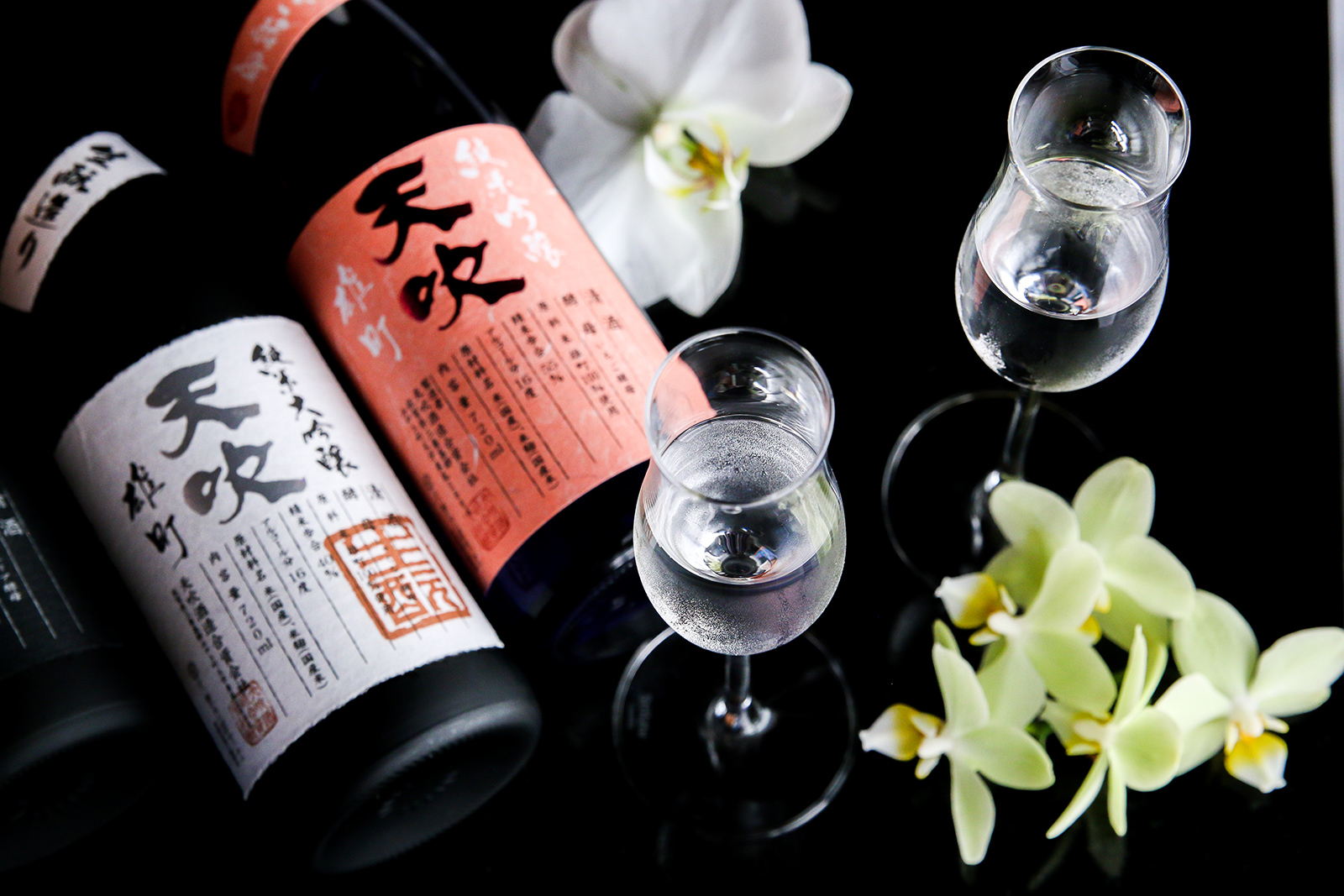
The national beverage of Japan has a written history that dates back to 500 BCE. Unwritten, however, Sake—also known as nihonshu (translated as “Japanese liquor”)—is an ancient alcohol whose origins are lost to history. A brewed alcohol made from water, rice, a beneficial type of mould called koji, and yeast, sake is surprising, complex, and just as versatile (if not more so) than wine. The naturally occurring alcohol in sake tops out at 20 per cent, but it is diluted with water and reduced to 15 to 16 per cent.
As a general rule, the higher the price of the bottle, the higher the quality of sake. However, as with wine, you may find lower prices with premium quality produced by some top sake breweries. That’s where sake sommeliers can help you select the best sake possible.
Enter mother-daughter sake specialists Miho and Iori Kataoka of Vancouver’s Yuwa restaurant. At Yuwa, the pair collaborate to curate one of the city’s best selections of rare sake and Old and New World wine.
Sitting down at a recent “secret garden sake dinner” at Yuwa, tucked away in a residential part of the West Side, one awaits the experience. With seven sakes on the menu, there is plenty of room for surprises. The key to those surprises? Yeast. The diversity of yeasts available to brew with creates a rainbow of sake flavours. Example: sake that literally tastes like bananas.
The bold aromatic taste is accomplished by using naturally occurring bacteria for fermentation. It’s a slow process and creates sake with higher acidity that goes well with butter or rich dishes. The sake we’re drinking is from Amabuki Brewery, where they extract yeast from flowers such as rhododendron, banana, strawberry flower, begonia, and abelia instead of conventional sake yeast for a wider variety of sake profiles.
For those unable to visit Yuwa and have Miho or Iori choose sake for you, we have called upon them to created the ultimate guide to help you choose and prepare the perfect sake for yourself.
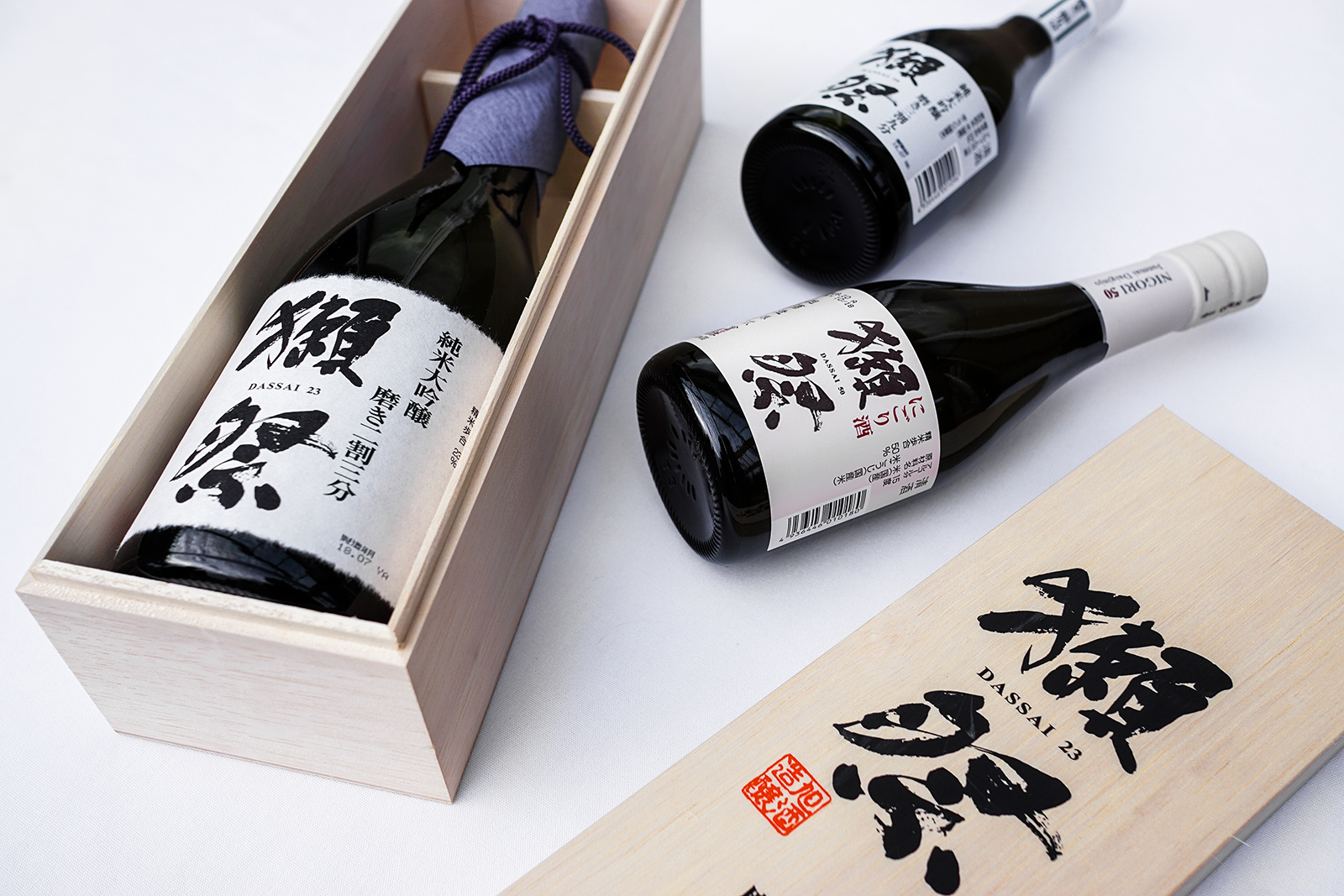
Types of Sake
- Nigori: Cloudy sake, or sake in which some of the lees has purposely been left behind; creamier, chewier, and richer.
- Genshu: Undiluted after pressing, it usually but not always has a higher alcohol content, as it is allowed to be called Genshu when the water is added during the fermentation process and before pressing.
- Nama: It can be fresh, zippy, and lively, but it is not necessarily better than pasteurized sake. Nama sake should be sold refrigerated. This type needs to be handled with care and the storage temperature adhered to.
- Yamahai/Kimoto: Yamahai and Kimoto involve traditional methods that include a yeast starter prepared in a way that usually leads to a gamier, richer, earthier flavour profile.
- Koshu: Aged sake. Some exude a sherry-like taste profile, while others aged with a lower temperature mature much differently, creating richness and depth.
When you buy or receive a bottle of sake, do not wait—drink it as soon as possible. If you do have to store the sake, it should be kept in a refrigerator, as opposed to a wine cooler.
Hot or Cold?
You may remember that previously all Japanese restaurants had only one kind of piping hot sake to offer, which was done to hide flaws and any impurities. Quality sake is often fermented, with lower temperature, very carefully in every step, so why would you suddenly heat it up and break the balance? When you heat sake, it is recommended to do so indirectly in warm water. Typically, Daiginjo-class sakes are served chilled, while Junmai or Honjozo grades are suitable for chilled or warmed consumption. Whatever you do — no zapping in the microwave!
Vessels
Pottery is an important part of Japanese culture, and so we enjoy the vessels in which they are served just as much as the regional style of each sake. However, it can also be enjoyed in wine glasses, especially when it is chilled. Some wine glass companies have even gathered professionals to produce glasses made particularly for Daiginjo and Junmai.
In Japan, there is a rigorously upheld custom: don’t pour your own drink. Especially if it is a work-related event. To that end, you will see people pouring each other’s drinks at events in order to observe this norm and ritual.
Food Pairing
Sake pairing is not limited to Japanese cuisine, in fact the pairing possibilities are endless — Pairing sake follows the same principles as pairing wine with food, by looking for things that complement and enhance the specific aspects of both the dishes and the sake.
_________
Never miss a story. Sign up for NUVO’s weekly newsletter, here.

